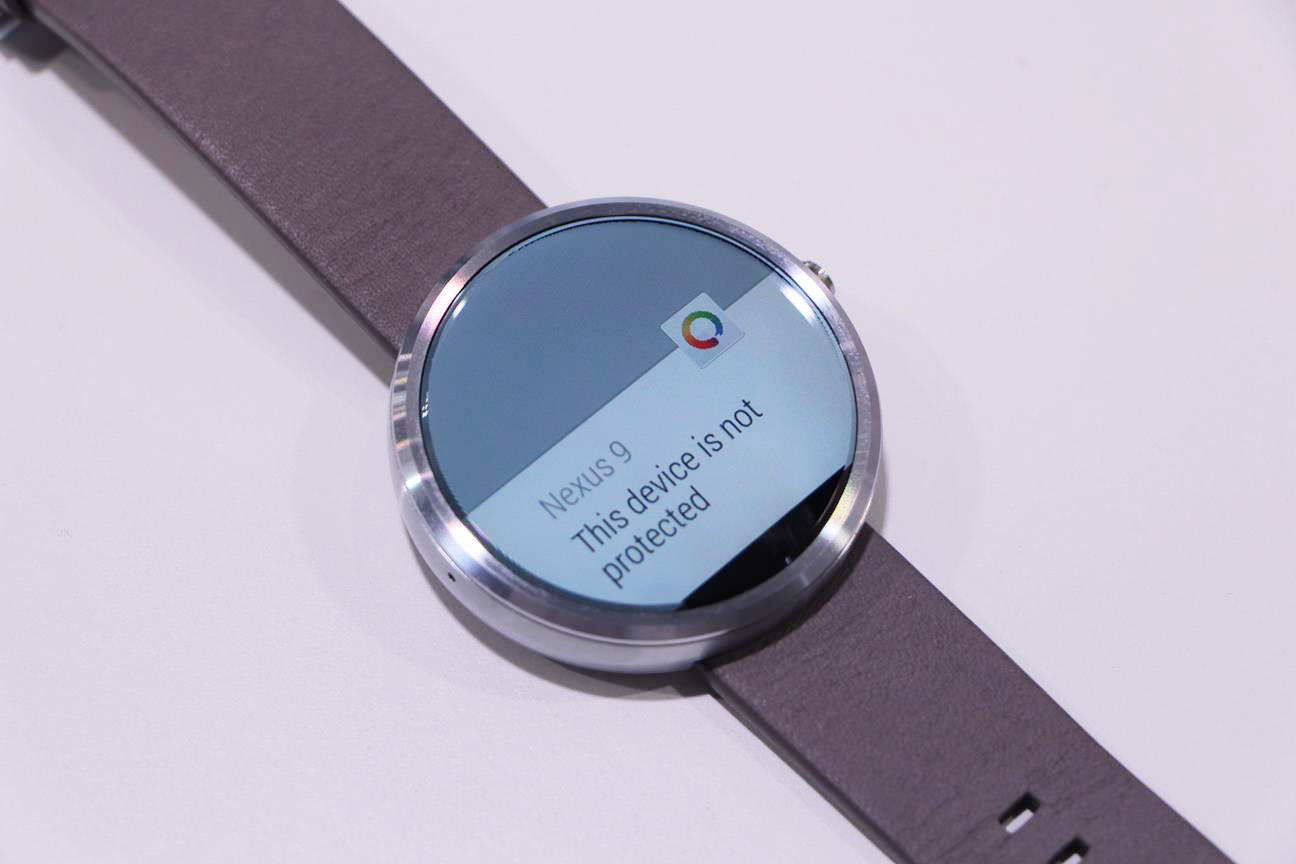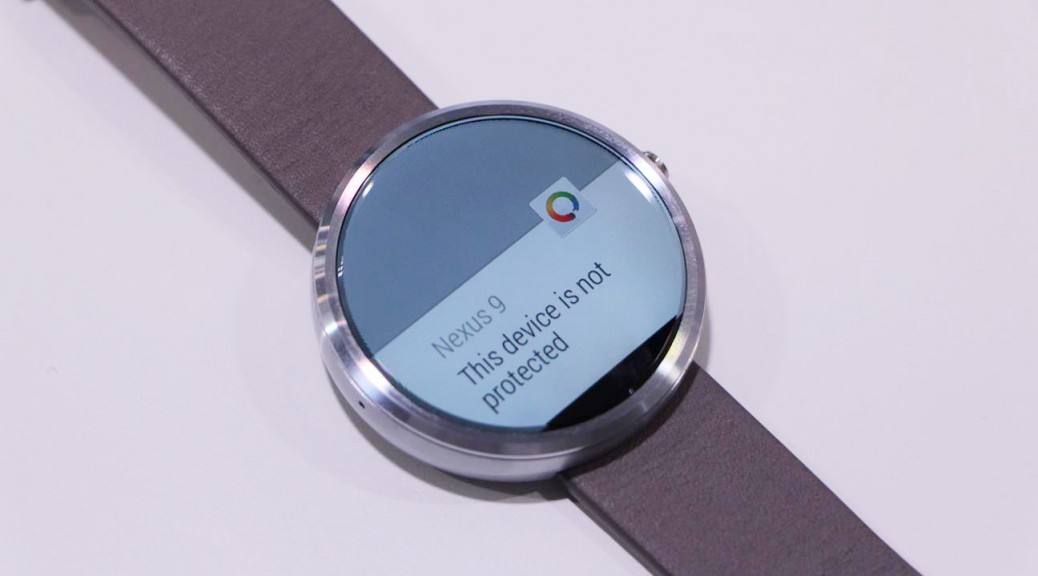The brand has done an excellent marketing campaign in rolling it out, including high-profile celebrity seedings (Katy Perry, Beyoncé and Christy Turlington Burns, to name a few) and a high-touch, pre-order program that included in-store previews for customized “fittings.”
Initial reports by analysts estimate Apple have already taken 2.3 million pre-orders, giving it the familiar headache of demand outstripping supply.
Some reports indicate the anticipated April 24 ship date has been quietly removed for their website, and Apple’s retail chief acknowledged in internal memos that the watch won’t be available for sale with inventory in its retail stores until June.
Meanwhile, research firm ABI estimates Apple will sell over 13 million Apple Watches this year. Whenever the Apple Watch arrives, it’s a big and much-anticipated step in the wearable marketplace – and one of the major reasons pundits are calling this “the year of wearables.”
No doubt, this is an exciting time and a major step in wearable technology becoming mainstream.
Excitement may be tempered by the mixed initial reaction to the Apple Watch from testers who have concerns over battery life and functionality. Others have had trouble navigating through the various features. You can see a good summary of the media reactions here.
My thoughts? The Apple Watch is certainly more attractive than most wearable technology, having that great Apple sense of style. It has many fitness features (if not all the health apps originally envisioned) and allows you to use Apple Pay along with all sorts of other apps, whose number and magnitude will rapidly increase as third-party developers come along.
Currently, the pricing may be the biggest drawback. I’m not talking about the $10,000 gold watch, but the starting price point of $349/$549 for the sport watch depending on finishes. This, in my view, makes it an early adopter choice and not yet truly mainstream.
Not to be overlooked, is Google’s Android Wear OS for watches –which recently received a major software update to greatly expand its watch capabilities. It comes just in time for the Apple Watch debut and looks to give that smartwatch platform a boost. The Android Wear watches made by Samsung and LG have opening prices in the more demur range of $150-$300. (Researchers estimated that 720,000 smartwatches based on Android Wear shipped in the last six months of 2014.)
For now, these smartwatches all seem like more of a sidekick for our smartphones. An iPhone 5 ($549 unlocked) or above is required for Apple Watch, and an Android device (around $249 and up, depending on the maker) for the Google watch platform. But then, smartphone tethering is the case with most wearable devices today.
Still, it remains to be seen whether the new category of smartwatches will become really useful tools vs. timepiece status symbols. At AVG, we have already integrated our AVG Zen product into smart watches so that you can monitor and control the protection, performance and privacy of your devices with a single touch.

Personally, I will be keeping privacy and data in mind as smart watch manufacturers add more functionality to their devices. Using the Apple Watch as an example, it already has access to my personal health and payment information as well as my contacts, email and calendar.
How smart watches store, transmit and share this information will be a major influencer on whether or not I decide to experiment with a smart watch of my own.
![]()
![]()

